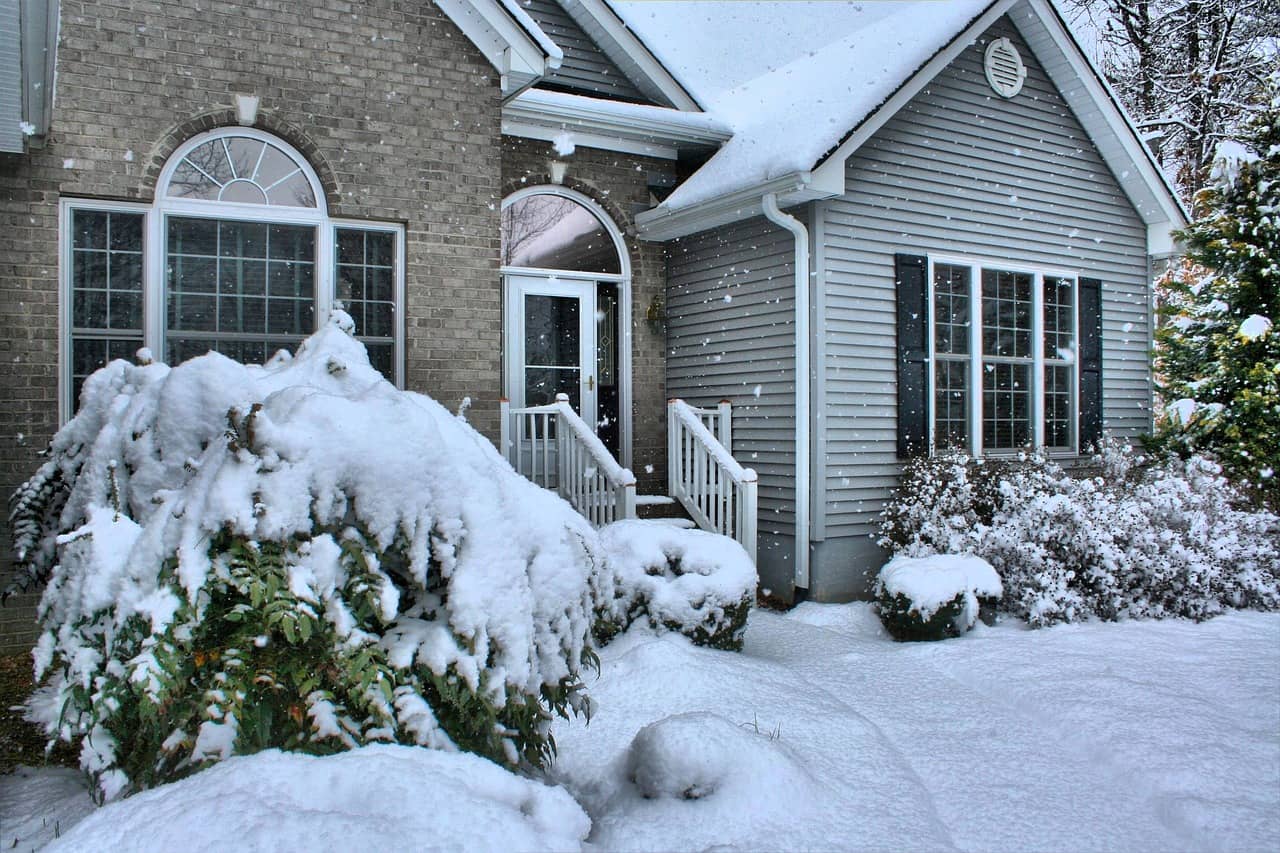How To Unfreeze a Frozen Door Lock
Posted by Richard Schoech on Oct 20, 2023

Frozen locks can be a hassle, especially during the cold winter months. Not only do they cause inconvenience — they also pose safety concerns. You could end up locked out or stranded in severe weather, leading to life-threatening consequences. In this quick read, we will help you tackle the problem of frozen door locks by providing practical solutions. With these helpful methods, you’ll know how to unfreeze a door lock when the unexpected occurs.
What Causes Door Locks To Freeze
Understanding why door locks freeze in cold temperatures is the first step in prevention. Your home’s door lock endures more wear and tear than you might realize. Constant exposure to the elements and inclement weather conditions combined with accumulated dirt and debris create a conducive environment for freezing.
Moisture, condensation, and ice formation contribute to the problem, but inside our pockets, bags, and purses, we have additional debris that transfers to the locking mechanism over time. During bitterly cold winters, this accumulation of debris and grime may contain moisture that freezes, causing frozen locks that malfunction.
Prep The Lock for Unfreezing
An unexpected freeze can occur at any time. Prepare yourself by gathering the necessary tools and materials beforehand. First, you’ll need something to melt accumulated ice inside the frozen lock. De-icer and even alcohol-based hand sanitizers will react with the ice. If you don’t have those items, look for petroleum jelly. It reduces friction between moving parts within the mechanism.
To warm the lock, grab a heat source such as a cigarette lighter, pocket warmer, or hair dryer to raise the temperature of the metal. Be careful not to apply a direct flame to materials you treat with alcohol-based lubricants, or you may start a fire. Having these items ready will help you unfreeze a door lock faster.
Method for Unfreezing a Door Lock
When faced with a frozen lock, employ the following to unfreeze it. First, clear the ice from around the lock cylinder by carefully chipping away at it using the tip of the key or a similar object. Be cautious not to damage the lock in the process. Next, heat the key using hot water, a hair dryer, or a lighter to provide warmth and aid in melting the ice inside the lock.
Alternatively, you can de-ice the keyhole using a de-icing spray or lubricant. If you prefer DIY solutions, rubbing alcohol or hot water can be effective when applied safely. Remember to use gentle heat sources to thaw the lock, and be careful not to cause any damage. These methods will help you successfully unfreeze a door lock and regain access.
How to Prevent Future Freezing
Now that you know how to unfreeze a door lock, it’s time to discuss prevention. To do so, use lubricants, weatherproofing, and regular maintenance to protect your locks. Before the first frost of each year, oil your locks with WD-40 and create a thin, protective layer to reduce moisture and ensure smooth operation during harsh conditions.
If your lock continues to freeze, cleaning it becomes necessary, as excess dirt can retain moisture. Use a paper towel dipped in rubbing alcohol or a damp cotton swab to clear the keyhole of dirt and grime. Regularly applying a graphite-free dry lubricant to the locking mechanism can also help prevent future freezing. Remember, keeping your locks clean and moisture-free is the best strategy to avoid frozen locks.

Protect Your Home From The Elements With Door Locks Direct
Protecting your home from extreme temperatures starts with ensuring your door hardware is in optimal condition. At Door Locks Direct, we offer a wide selection of keyless locks, handlesets, and deadbolts to protect against frozen locks. Shop our inventory today and safeguard your home against unexpected events and weather-related threats.

